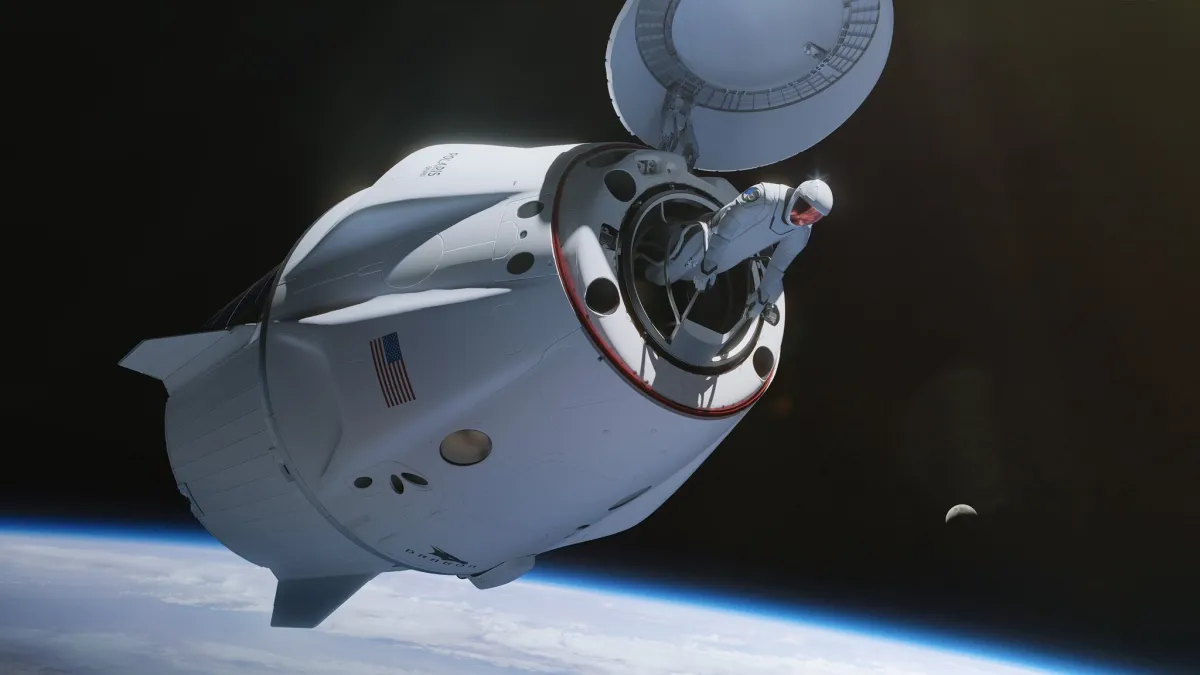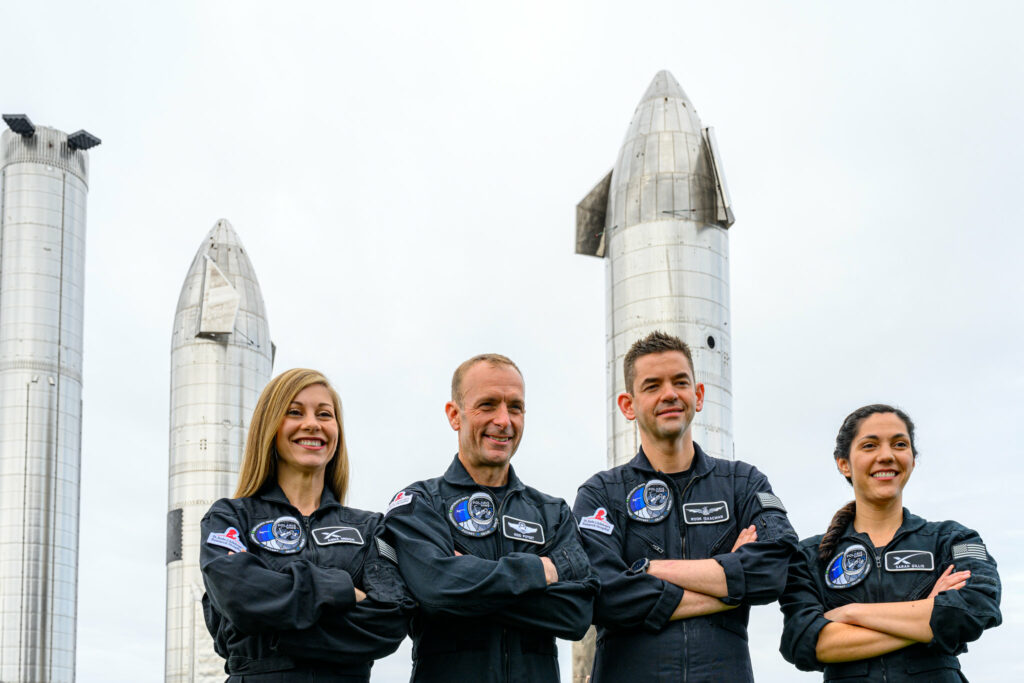On September 10, SpaceX is going to launch the Polaris Dawn mission. It will include the first ever private spacewalk.
Main objectives of the Polaris Dawn mission
The Polaris Dawn mission is funded by billionaire Jared Isaacman, who has already flown into space in 2021. It is expected to be the first of three flights under the Polaris program. As part of it, the Crew Dragon spacecraft, with four people on board, will make a solo flight to Earth orbit.

The upcoming flight has three main objectives. First, Crew Dragon will have to enter orbit with an apogee of 1,400 kilometers and break the altitude record set back in 1966 by the Gemini 11 mission. Then it reached an altitude of 1,372 kilometers (the Apollo missions traveled much greater distances from the Earth, but they did so during their missions to the Moon, not in Earth orbit).
Second, dozens of scientific experiments will be conducted during the flight. Since Crew Dragon’s apogee orbit will be close to Earth’s inner radiation belt, the goal of many will be to study the effects of increased radiation levels on astronauts’ health.

Finally, the Polaris Dawn mission will include the first-ever private spacewalk using SpaceX’s new spacesuits. It will be joined by Isaacman himself, as well as mission specialist Sarah Gillis. The operation will take place at an altitude of 700 km, which is higher than the Hubble telescope’s orbital altitude. Since Crew Dragon doesn’t have a separate airlock, the astronauts will have to depressurize the entire spacecraft to get into space.
Live broadcast of the Polaris Dawn launch
The Polaris Dawn mission will launch on September 10 at 7:38 a.m. Universal Time. A Falcon 9 rocket will be used for the mission. The launch window will be open for 4 hours.
The Polaris Dawn flight will last about 5 days. The spacewalk is scheduled for August 31. After the mission is completed, the spacecraft will land off the coast of Florida.
Earlier we told you that the crew of the CST-100 Starliner spacecraft would return to Earth along with members of the Crew-9 expedition.


